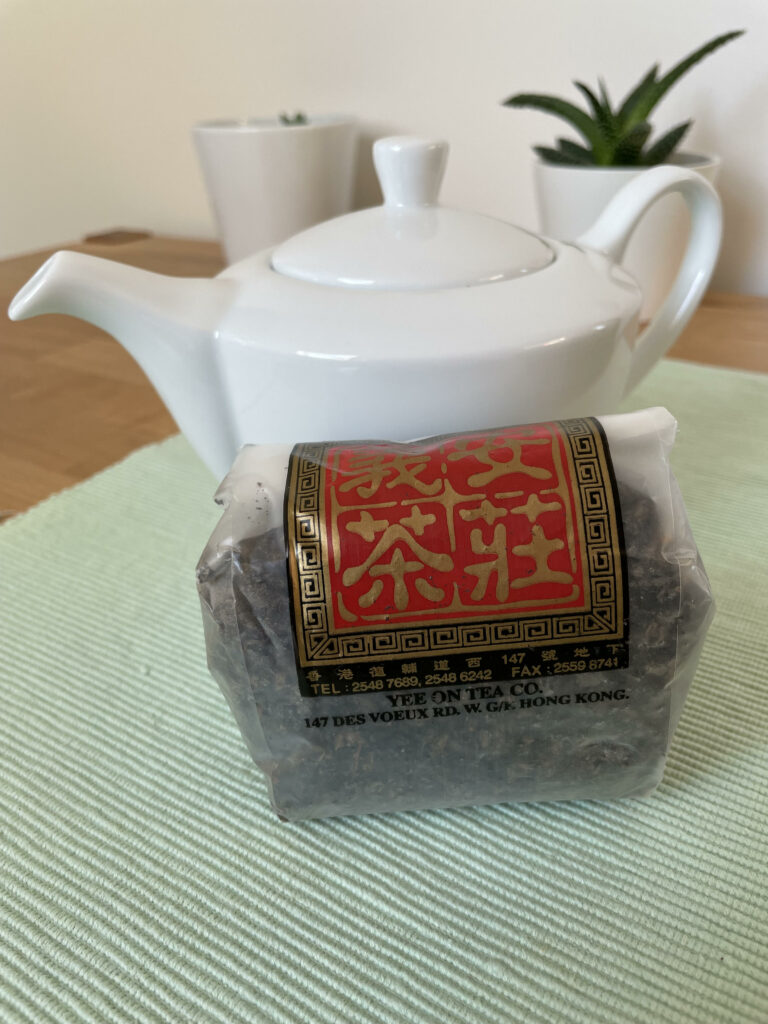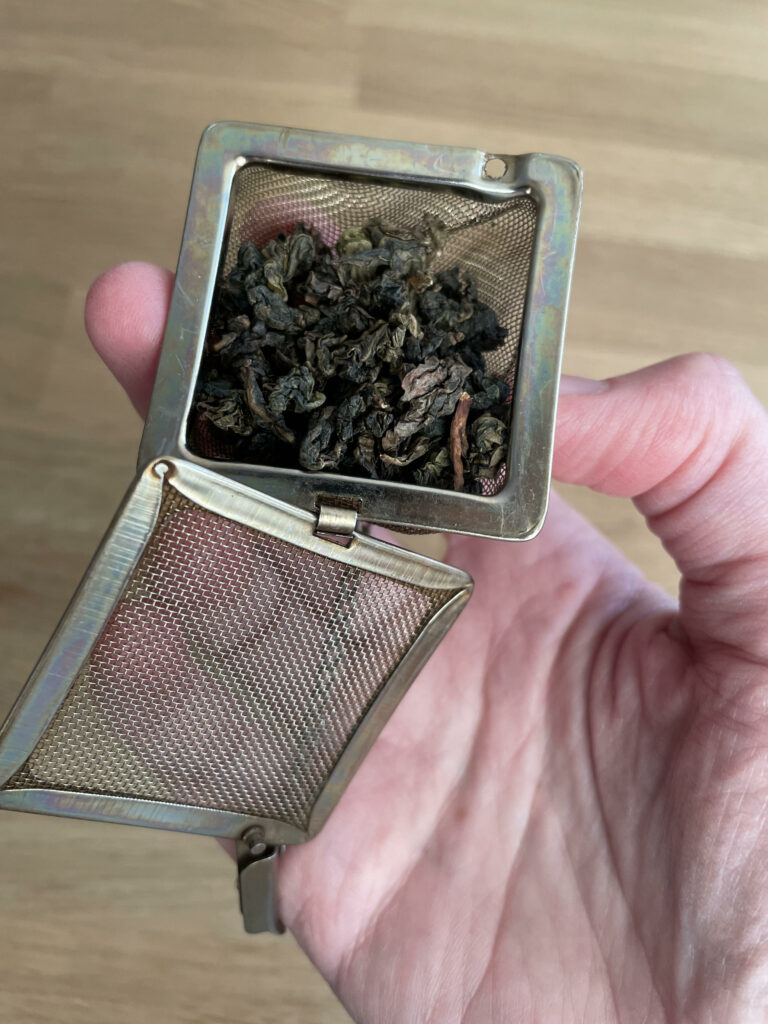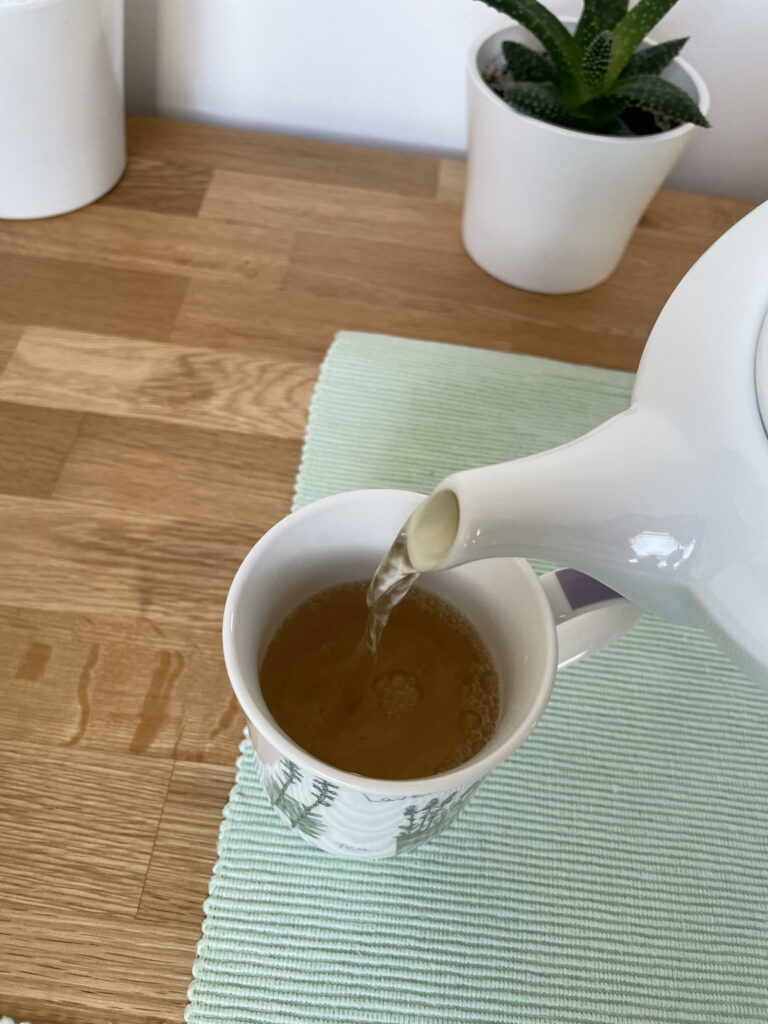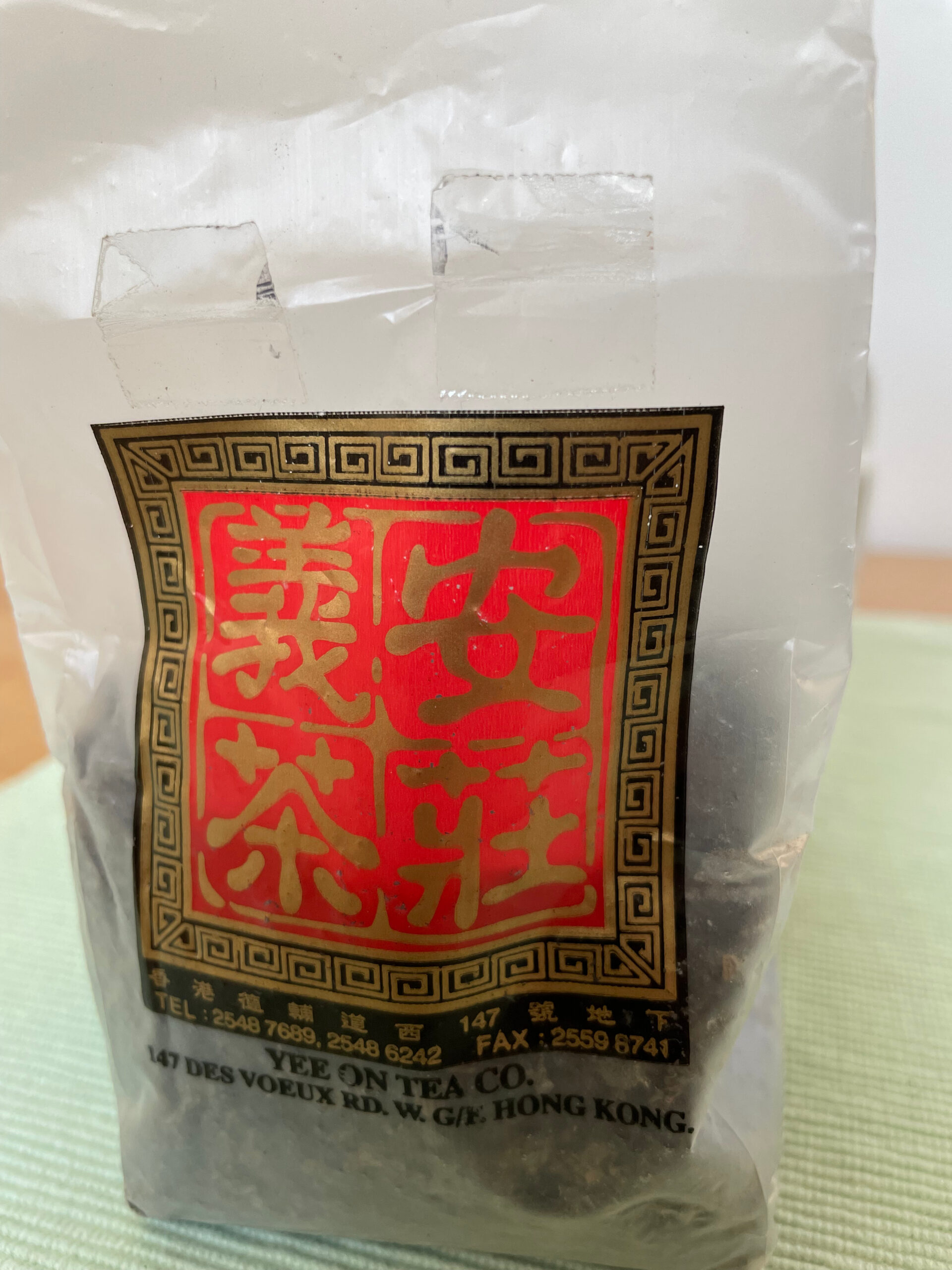I have just received a gift from my Hong Kong friend who has recently visited her home. To my positive surprise the gift contained a pack of Chinese green tea. It looked quite inconspicuous. Little did I know about this type of tea and that the course of my life was about to change after drinking it. I have absolutely fallen in love with it, love from the first sight. So let me tell you what got me to like it so much.
Tie Guan Yin is traditional Oolong tea that originally comes from China, but is also widely drunk in Taiwan and worldwide. Its name literally translates as “black” and “dragon” and that name comes from the Chinese goddess of mercy. Given its qualities, it is hard to believe that it represents only about 2% of the world’s tea consumption. Oolong tea goes through a special and unique semi-oxidation process and requires skills and labour-intensive processing that determine its quality. It is quite a wide category of tea type ranging from green to black that can stimulate different tastes such as floral or roasted. Oolongs are usually made with larger leaves than green and black tea. Fine quality oolong teas are produced from exceptional tea plant cultivars that are exclusively used for particular varieties. You can’t get bored with this tea!

A little bit more about the oxidation process. In fact any tea that has been oxidised between 8 and 85% can be treated as oolong. The process starts as soon as you pluck a tea leaf and let water evaporate. The longer you let the oxidation last the more black the tea it becomes. If you interrupt the process as soon as it commences you will obtain qualities of green tea. However, time is not everything in this process. It’s crucial to manage all the other elements such as the withering period under strong sun or in the special chamber, tossing, bruising, rolling and compressing tea leaves. It goes without saying that thermoregulation, humidity and machinery also play an important role. Then roasting over charcoal takes place letting leaves rest long enough to develop a particular flavour. Lastly, tea leaves are sorted and graded according to quality. The entire cycle might take a couple of days with dozens of steps and requires precision and skills. Experienced oolong makers can take control of the process just by feeling, looking at, smelling and touching tea leaves. Afterwards they can then determine what else is required. That’s a skill! In general, oolong’s flavours and aroma are determined by oxidation level and roasting.

Once the tea is a ready product, brewing it also needs some training. Water should be clean-tasting and full boiling. Oolongs are normally brewed for a short period of time and come in series of small infusions. To start with, use 5g of tea per 100ml of water, although darker oolongs can be served as 8-10g too. For Tie Guan Yin tea I usually use 2 to 3 tea spoons which are sufficient for 0,5l of water, but obviously you can change the proportions as per your own taste. Water should be 100 ºC hot, please allow it to brew for 3 to 5 minutes and then the richest taste of Tie Guan Yin is ready to be served. The tea leaves are usually strongly rolled, and when brewed in hot water, they unfurl and become long, dark green leaves with a natural sweetness. The tea varies in colour, from light green to dark amber. You can brew it several times and each round will intensify the flavour.

For centuries Chinese believed that the goddess of mercy led people to discover this tea and helped the sick ones recover from their diseases and has many health benefits.The tea is very popular for its antioxidants called polyphenols which have antiallergic properties and can soothe skin problems. Some studies have revealed that tieguanyin can improve heart health, lower cholesterol levels, accelerate metabolism and also reduce the risk of cancer. Its flavonoids can help with absorption of starch. What’s more, the tea is said to boost cognitive capabilities and overall memory. Although it contains caffeine its content appears to be lower than in other black and green teas, but it can still keep you focused.
It is a kind of tea that I would not hesitate to fly over to China just to get it.
Happy tea time!
